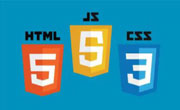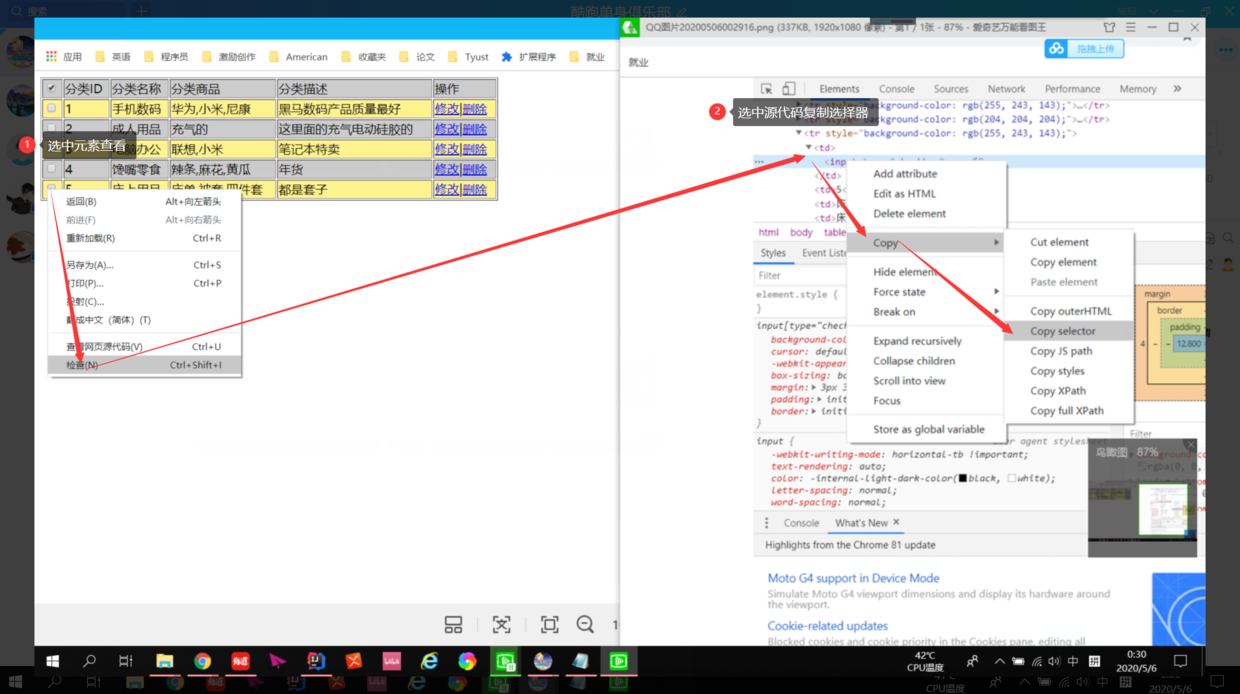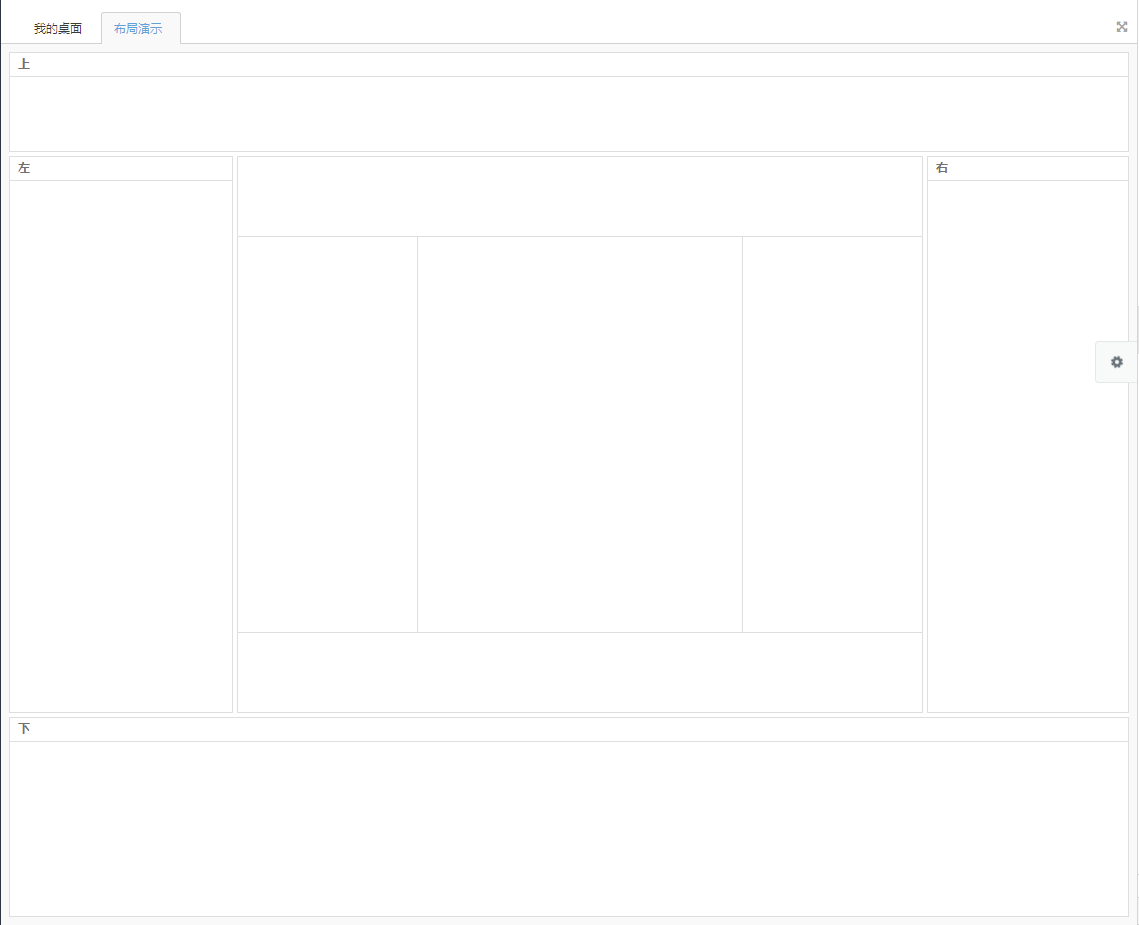jQuery 源码分析(二) 入口模块
- 作者: 曲短情长丶
- 来源: 51数据库
- 2021-09-24
jquery返回的对象本质上是一个javascript对象,而入口模块则可以保存对应的节点的引用,然后供其它模块操作
我们创建jquery对象时可以给jquery传递各种不同的选择器,如下:
false ;返回一个空jquery对象
dom节点 ;返回包含该dom元素引用的jquery对象。
body ;字符串'body',返回包含body元素引用的jquery对象
单独标签 ;调用document.createelement创建标签对应的dom元素
较复杂的html代码 ;调用jquery.buildfragment创建元素
函数 ;是$(document).ready(function)的简写,等到dom加载完毕后再执行,后面有几篇专门介绍
例如:
<!doctype html>
<html lang="en">
<head>
<meta charset="utf-8">
<title>document</title>
<script src="http://www.51sjk.com/Upload/Articles/1/0/267/267529_20210708020053952.js"></script>
</head>
<body>
<p id="p">123</p>
<script>
console.log( $(false) )
console.log( $(p) )
console.log( $('body') )
console.log( $('<p>123</p>') )
$(function(){console.log('dom loaded')})
</script>
</body>
</html>
输出如下:

输出的五条信息分别对应上面的五个输出,第一条为空jquery对象,第二条为包含p元素的jquery对象,第三条为包含body节点引用的jquery对象,第四条为jquery创建的未挂载到dom的jquery对象,第五条就直接输出信息的,对应着例子的$(function(){})对象
源码分析
writer by:大沙漠 qq:22969969
入口模块就是上一篇文章分析的jquery内部的jquery.fn.init函数,该函数会通过参数的不同来做不同的实现,如下:
init: function( selector, context, rootjquery ) { //负责解析参数selector和context的类型,并执行相应的逻辑
var match, elem, ret, doc;
// handle $(""), $(null), or $(undefined)
if ( !selector ) { //selector是"",null,undefined和false的等可以转换为false的情况下,对应上面的第一个jquery实例
return this;
}
// handle $(domelement)
if ( selector.nodetype ) { //selector有属性nodetype,则认为selector是dom元素,例如:$(document.getelementbyid('d')),对应上面的第二个jquery实例
this.context = this[0] = selector;
this.length = 1;
return this;
}
// the body element only exists once, optimize finding it
if ( selector === "body" && !context && document.body ) { //如果参数selector是字符串'body',且context为空,如:$('body'),对应上面的第三个jquery实例
this.context = document;
this[0] = document.body;
this.selector = selector;
this.length = 1;
return this;
}
// handle html strings
if ( typeof selector === "string" ) { //参数selector是字符串形式
// are we dealing with html string or an id?
if ( selector.charat(0) === "<" && selector.charat( selector.length - 1 ) === ">" && selector.length >= 3 ) { //如果参数selector以"<"开头、以">"结尾,且长度大于等于3
// assume that strings that start and end with <> are html and skip the regex check
match = [ null, selector, null ]; //则假设这个字符串是html片段,跳过正则quickexpr的检查。注意这里仅仅是假设,并不一定表示它是真正合法的html代码
} else {
match = quickexpr.exec( selector ); //否则用quickexpr来检测参数selector是否为稍微复杂一点的代码,
}
// verify a match, and that no context was specified for #id
if ( match && (match[1] || !context) ) {
// handle: $(html) -> $(array)
if ( match[1] ) {
context = context instanceof jquery ? context[0] : context;
doc = ( context ? context.ownerdocument || context : document );
// if a single string is passed in and it's a single tag
// just do a createelement and skip the rest
ret = rsingletag.exec( selector );
if ( ret ) { //如果参数selector是单独标签比如$('<p></p>');
if ( jquery.isplainobject( context ) ) {
selector = [ document.createelement( ret[1] ) ];
jquery.fn.attr.call( selector, context, true );
} else {
selector = [ doc.createelement( ret[1] ) ];
}
} else {
ret = jquery.buildfragment( [ match[1] ], [ doc ] );
selector = ( ret.cacheable ? jquery.clone(ret.fragment) : ret.fragment ).childnodes;
}
return jquery.merge( this, selector );
// handle: $("#id")
} else { //参数selector是"#id"格式,如:$('#p1')
elem = document.getelementbyid( match[2] );
// check parentnode to catch when blackberry 4.6 returns
// nodes that are no longer in the document #6963
if ( elem && elem.parentnode ) {
// handle the case where ie and opera return items
// by name instead of id
if ( elem.id !== match[2] ) {
return rootjquery.find( selector );
}
// otherwise, we inject the element directly into the jquery object
this.length = 1;
this[0] = elem;
}
this.context = document;
this.selector = selector;
return this;
}
// handle: $(expr, $(...))
} else if ( !context || context.jquery ) {
return ( context || rootjquery ).find( selector );
// handle: $(expr, context)
// (which is just equivalent to: $(context).find(expr)
} else {
return this.constructor( context ).find( selector );
}
// handle: $(function)
// shortcut for document ready
} else if ( jquery.isfunction( selector ) ) { //如果参数selector是函数,则认为是绑定ready事件,从这里可以看出$(function) 是$(document).ready(function)的简写,这里对应上面的第五个jquery实例
return rootjquery.ready( selector );
}
if ( selector.selector !== undefined ) {
this.selector = selector.selector;
this.context = selector.context;
}
return jquery.makearray( selector, this );
},
这样jquery实例就获取到了对应的dom节点的引用,之后就可以用底层模块或功能模块进行操作了。
推荐阅读









